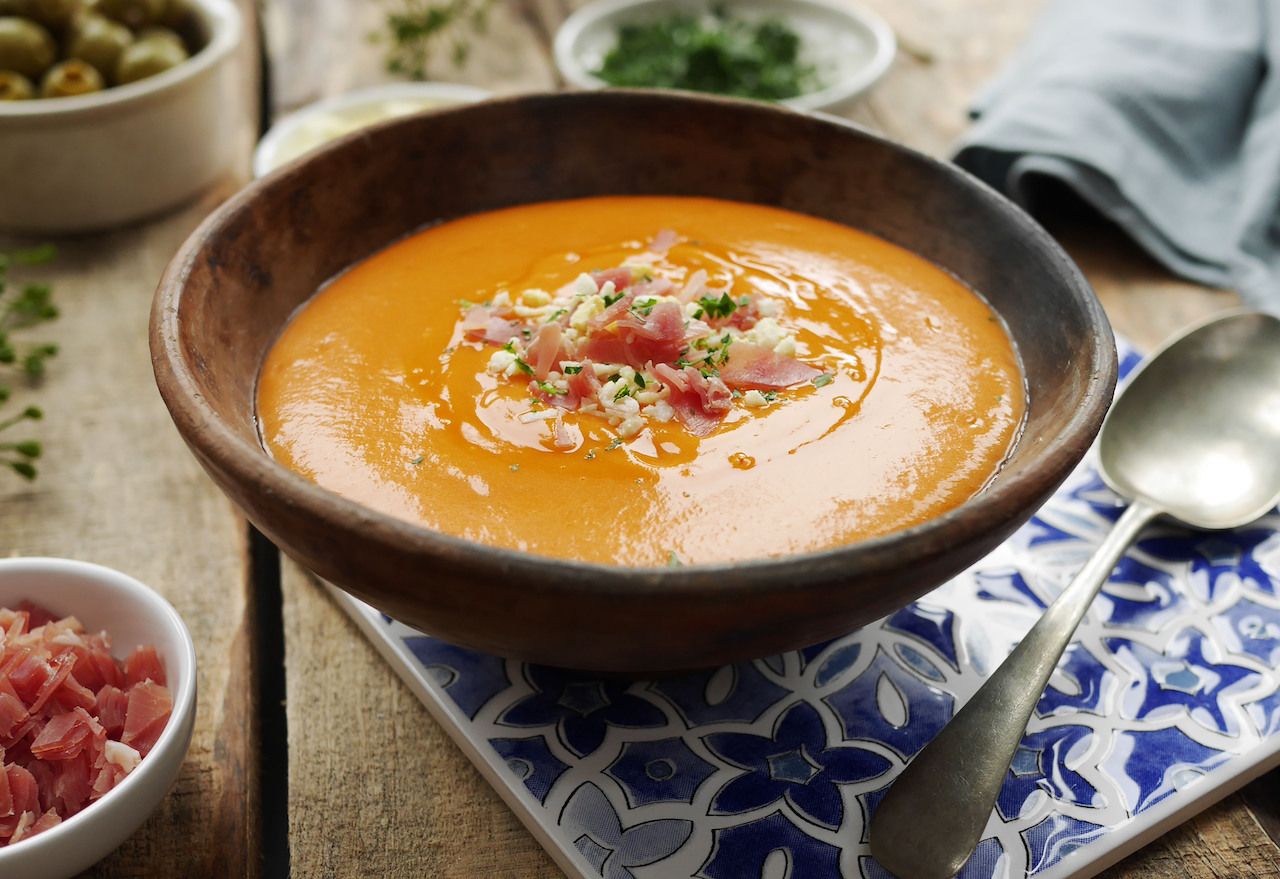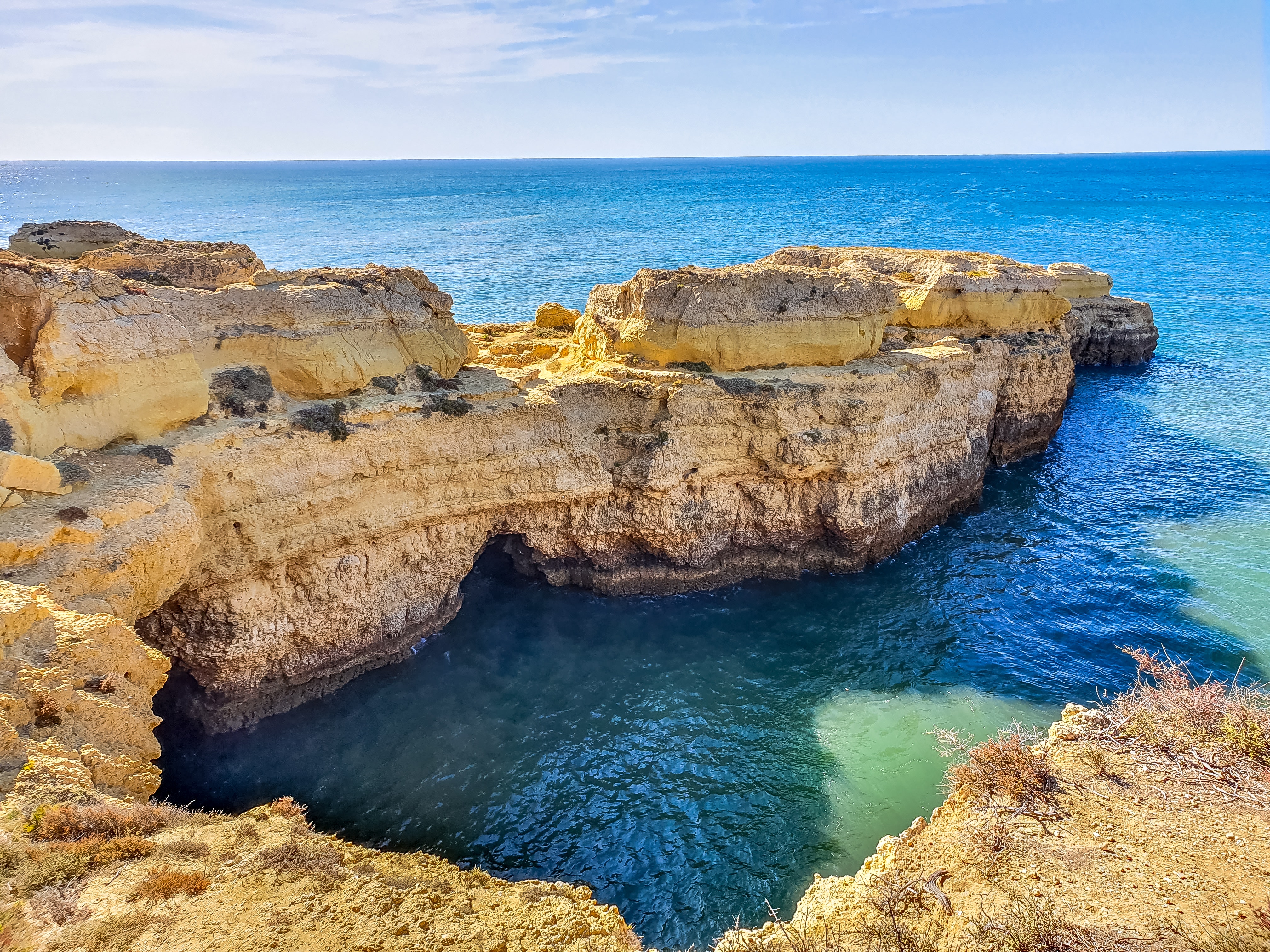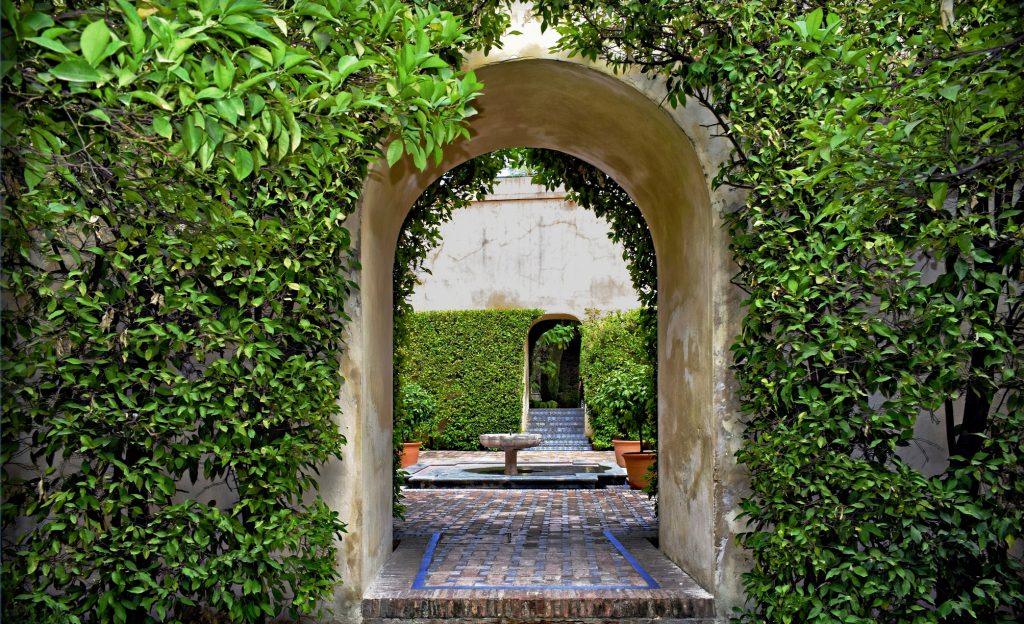Three Dynamic Female Portuguese Winemakers
Portugal might be on its knees economically, but the Portuguese wine industry is going from strength to strength. Exports are growing quietly (between 5-10% per year over the last decade), and the country is beginning to escape the shackles of being seen only as a value producer. I’m not talking about Port, which has its own long-established market and following, but rather about “still” or non-fortified wines.
Portugal was known for knocking out large quantities of “rustic” fare in decades gone by, but this started to change in 1986. Accession to the EU was a watershed which split apart the old cooperatives and saw the emergence of smaller, more quality-lead wineries. Not surprisingly for a country which is relatively new to quality wine production, there’s plenty of experimentation. New regions are emerging, forgotten grape varieties are being rediscovered, and producers are trying every style in the book. Refreshingly, for a “latin” country, there’s also a good gender mix when it comes to winemakers. There are many female winemakers worthy of a mention, but here are three Portuguese winemakers whose wines impressed me in recent tastings.
Julia Kemper (Dão)
Female winemakers aren’t necessarily any more or less glamorous than male ones – but when I met Julia Kemper at this years’ Essencia do Vinho, she looked like she’d walked straight off the set of “Sex and the city”. Julia is also a lawyer, in addition to having a budding winemaking career, so perhaps this isn’t as far fetched as it sounds. Julia replanted the vineyards at her family’s Quinta do Cruzeiro estate just a few years ago, and even though the vines are young, the wines are tremendous. Furthermore, everything is farmed organically – certified, not just claimed. Julia Kemper is passionate in her goal for purity, telling me “I’m not organic for marketing reasons – I believe in this to the core”. Kemper has a nervous energy that’s also transmitted in the wines – they overflow with freshness and acidity, reflecting the relatively cool climate in the Dão region.
Both whites and reds impress, with personal high points being the Branco 2012 Dão (intense pink grapefruit and pear drop aromas, exuberant fruit and quite full bodied) and Curiosity 2010. This is a red blend of the noble Touriga Nacional and Alfrocheiro, with subtle blueberry and violet perfume and refined but grippy tannins. The Dão is rapidly becoming known as Portugal’s highest quality red wine region, and Julia’s estate should enjoy a bright future if she continues with such assurance. If I have a wish, it’s to taste a 100% Alfrocheiro from Quinta do Cruzeiro. Blends might be the tradition here, as with most of Portugal, but this is a grape that can achieve a Bordeaux-like elegance on its own.
Filipa Pato (Bairrada)
Where blending is concerned, Bairrada is the exception that proves the rule. Baga is king here, despite being difficult to grow and vinify successfully. Careless work in the vineyard or the winery can easily produce an unpalatable mess of aggressive tannins and piercing acidity. In recent years, the Pato family has proved beyond all doubt that Baga can be exceptional.
Luis Pato, rebel and elder statesman in equal measure, needs no introduction to fans of the region. His daughter Filipa trained as a chemist before deciding to move into wine. Cutting her teeth in Bordeaux, Argentina and Australia, Filipa then returned home and acquired her own vines. Filipa explained her imperative “There are so many abandoned plots in our region, with amazing old vines. It moved me to start my project – I want to show people that these old vineyards can make amazing wines”. Filipa’s estate Baga and “Nossa Calcario” are incredible with their dark, savoury characters and elegant mineral finishes.
Baga can be versatile too – the “3B” sparkling wines (White and rose) combine Baga with Bical (the third B is for “Bairrada”) to produce exemplary, zesty traditional method bubbles. There’s obviously healthy competition between father and daughter – Filipa told me “during harvest, we don’t talk to each other at all – but we do swap notes after”. Experiments with amphorae are underway (the wine will be released next year), and Filipa is now wondering if amphorae could be made locally, with Bairrada’s plentiful clay. “Don’t tell my father” she warned – “He’ll be mad he didn’t think of it first!”. Filipa concludes: “My goal is to make authentic wines without make-up. Wine doesn’t need to be dressed up – any more than I need make-up”.

Rita Ferreira Marques (Douro)
The only female member of the “Young winemakers of Portugal” group, Rita Marques has built an enviable profile for someone barely out of their 20s. Rita took over some old vines on her family’s estate when she was 23, and created the Conceito (“concept”) brand. Marques and Pato both show how much fun can be had with stylish, modern label design for wine – an area where the new breed of Portuguese producers seem to show real flair. Rita’s Contraste Tinto 2011 has the satisfying structure and body of a Douro red, but with considerably more freshness and elegance than I’d usually expect. Perhaps the estate’s location in an unusually cool microclimate (Teja valley) within the Douro goes some way to explaining this.
The Bastardo is a curiosity item. No-one quite knows how Trousseau from the Jura ended up in Portugal, and Rita has previously expressed concerns about whether the variety really performs well in the Douro Valley. Her policy of picking early has resulted in a charming 2013, with light perfumed raspberry fruit. This also happens to be the only wine in the range that’s still foot-trodden in traditional port lagars – apparently a light touch is required to get the best out of the grape.
Marques has continued to globetrot beyond her international winemaking education, making two vintages of a text-book Marlborough Sauvignon Blanc in 2010 and 2011, and a Bordeaux blend in South Africa (2011). I was less convinced by the latter, but it’s a very rare weak-link in this hugely talented winemaker’s portfolio. Rita’s dynamism and innovation have placed Conceito firmly on the map.

Travelling to Portugal
Julia, Filipa and Rita all have a lack of complacency or pretension that rings true in the industry. More space would allow a mention of the Lisbon, Tejo and Alentejo regions, of Sandra Tavares da Silva, Susana Estaban or Martta Simões. Ultimately, the point is not that these winemakers are women, but that their fresh, lively approach is helping to define Portugal’s wine industry in the 21st century. So why not come visit them?!






